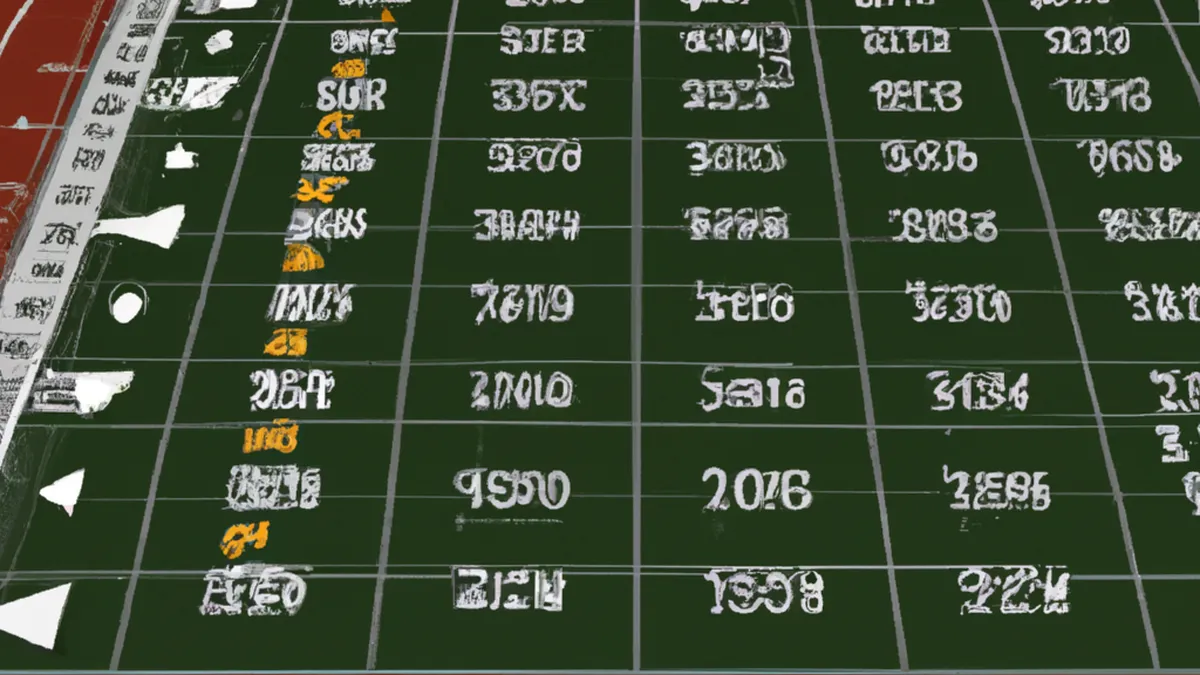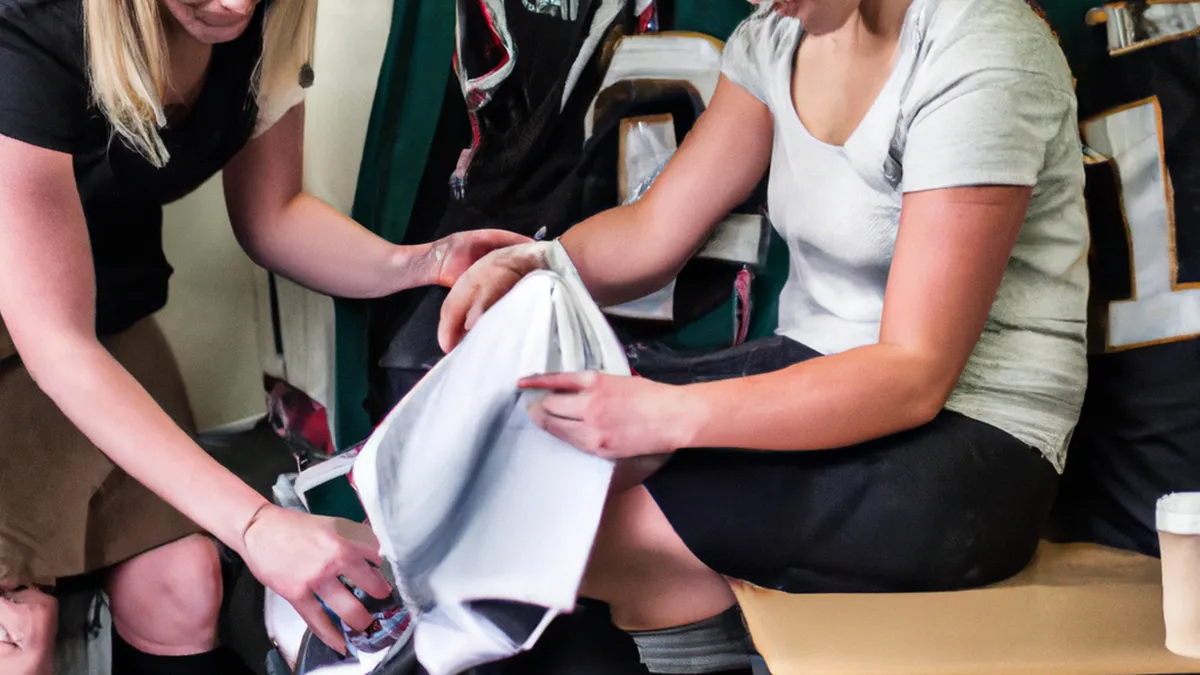Establishing Your Team’s Speed Standards
Creating a Speed Benchmark System for Football Players
Speed is vital in football. It can determine winning or losing. Players must measure their speed accurately to improve. This blog post explains how to create a speed benchmark system for football players. We will explore speed’s importance and give practical tips for coaches and players to enhance performance. Let’s dive into effective strategies.
Understand the Importance of Speed
Speed plays a crucial role in football. Players use it to sprint past defenders, chase opponents, and execute fast breaks. Speed involves acceleration, agility, and endurance—each vital for different field positions.
For example, attackers and wingers rely on pace to outmaneuver defenders. Defenders prioritize quick acceleration to recover and close down attackers. Players must understand their speed capabilities. Benchmarking speed helps players set realistic goals and track progress, improving overall performance.
Identify Key Speed Metrics
Before setting up a benchmark system, identify key metrics to measure. Focus on these essential aspects:
1. **Sprint Time**: Measure how fast a player can sprint over a defined distance, typically 40 yards.
2. **Acceleration**: Assess how quickly a player reaches top speed from a standing start. This metric is crucial for forwards and midfielders.
3. **Agility**: Measure how fast a player can change direction while maintaining speed. Use agility drills, like the T-test or shuttle runs.
4. **Endurance**: Evaluate how well a player maintains speed over longer distances. This metric is important for midfielders who cover more ground during matches.
Focusing on these metrics creates a comprehensive speed profile for each player, enabling targeted training and development.
Set Up a Testing Environment
A consistent testing environment ensures accuracy. Choose a safe location free from distractions. A flat, even surface, like a track or field, is ideal for sprint tests. Ensure the area allows players to reach full speed without obstacles.
Use Reliable Equipment
Invest in quality timing equipment to enhance measurement accuracy. Consider these options:
– **Stopwatches**: Manual stopwatches work, but electronic timers minimize human error.
– **Laser Timers**: These provide exact measurements and can set up at various distances for precise timing.
– **GPS Trackers**: These devices track speed, distance, and acceleration over time, offering valuable data for analysis.
Using reliable equipment ensures players receive accurate feedback on performance, promoting trust.
Conclusion
In summary, creating a speed benchmark system helps players improve their performance in football. Focus on key metrics and reliable equipment for accurate assessments.
Below are related products based on this post:
FAQ
Why is speed important in football?
Speed is vital in football as it can determine the outcome of games. Players use speed to sprint past defenders, chase opponents, and execute fast breaks. Different positions require different speed capabilities, making it essential for players to understand and measure their speed accurately to enhance performance.
What key metrics should be measured to assess a player’s speed?
Key metrics to assess a player’s speed include sprint time, acceleration, agility, and endurance. Sprint time measures how fast a player can cover a defined distance, while acceleration assesses how quickly they reach top speed. Agility measures their ability to change direction rapidly, and endurance evaluates how well they maintain speed over longer distances.
How can I set up a reliable testing environment for speed measurement?
To set up a reliable testing environment, choose a safe location that is free from distractions and obstacles. A flat, even surface such as a track or field is ideal for conducting sprint tests. Consistency in the testing environment is crucial for ensuring accurate and reliable results.















Post Comment